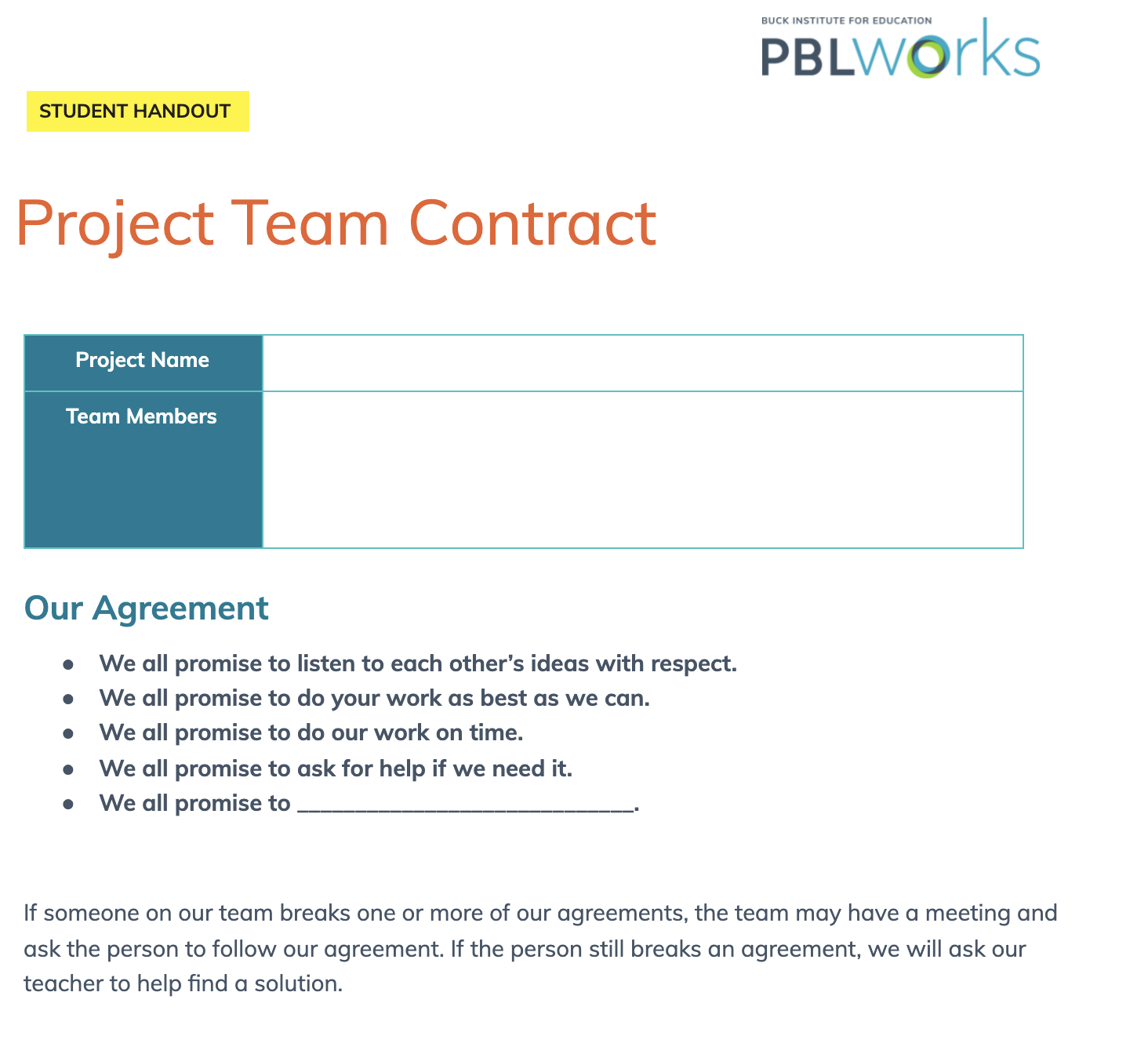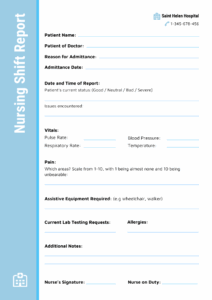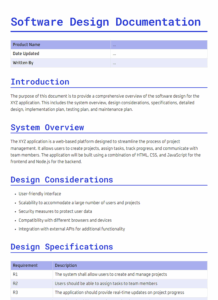Embarking on a group project can often feel like diving into uncharted waters. You start with good intentions, a shared goal, and a hope that everyone will pull their weight. However, as deadlines loom and responsibilities shift, it is not uncommon for things to get a little rocky. Misunderstandings, uneven workloads, and communication breakdowns can quickly turn a promising collaboration into a stressful experience, leaving everyone frustrated and the project compromised.
This is precisely why setting clear expectations from the very beginning is not just helpful, it is essential. Think of it as laying the groundwork for a successful build before the first brick is even placed. A well-defined group project team contract template provides that crucial foundation, ensuring every team member is on the same page, knows their role, and understands the agreed-upon rules of engagement. It is your best defense against those common group project woes.

Why a Team Contract is Your Project’s Best Friend
Picture this: everyone knows exactly what is expected of them, deadlines are respected, and potential conflicts are resolved smoothly before they escalate. This is the ideal scenario a team contract helps create. It acts as a compass, guiding your team through the project’s highs and lows, preventing those dreaded “I thought someone else was doing that” moments or the frustrating silence when a difficult decision needs to be made. It transforms vague expectations into concrete agreements, fostering a sense of shared ownership and mutual accountability.
More than just a piece of paper, a team contract encourages proactive communication right from the start. It forces important discussions about individual strengths, weaknesses, work styles, and availability, allowing the team to strategize effectively. This upfront investment in discussion and planning saves countless hours of confusion and re-work down the line, ultimately leading to a more efficient and enjoyable project journey for everyone involved.
The beauty of a contract lies in its ability to be a living document that your team can refer back to whenever uncertainties arise. It is a constant reminder of the commitments made and the path agreed upon. This transparency builds trust among team members, ensuring that everyone feels heard, valued, and respected throughout the collaboration.
Key Sections of Your Group Project Team Contract
- Team Member Information: Names, contact details, and roles.
- Project Overview: A brief description of the project goals and objectives.
- Roles and Responsibilities: Who is doing what specifically.
- Communication Plan: How often will you meet, preferred communication methods.
- Meeting Schedule: Regular meeting times, attendance expectations.
- Conflict Resolution: Steps to take when disagreements occur.
- Deadlines and Milestones: Key dates for deliverables.
- Grading Expectations: How the team will approach quality and contribution for assessment.
- Accountability Measures: What happens if agreements are not met.
- Signatures: Acknowledgment and agreement from all team members.
Defining specific roles and responsibilities early on is crucial. Instead of a general “we will all do the research,” a contract can specify “Sarah will handle literature review, John will focus on data collection, and Emily will manage presentation design.” This level of detail minimizes overlap and ensures that no critical task falls through the cracks, allowing each member to contribute their unique skills effectively towards the common goal.
Furthermore, a well-thought-out section on conflict resolution is invaluable. It provides a pre-agreed process for handling disagreements constructively, rather than letting them fester. Knowing there is a plan in place, whether it is a structured discussion, mediation, or referring to an agreed-upon leader, empowers the team to address issues head-on and maintain a productive working relationship. This proactive approach to potential challenges solidifies the team’s commitment to success.
Crafting Your Perfect Group Project Team Contract Template
Developing your team’s contract should be a collaborative effort, not a top-down mandate. It is an opportunity for every member to voice their concerns, share their expectations, and contribute to the framework that will govern their shared work. This collective ownership ensures that the final document truly reflects the team’s collective agreement and increases the likelihood of adherence because everyone had a hand in creating it.
Start with an open and honest discussion. Encourage everyone to be transparent about their availability, their strengths, their areas where they might need support, and even their preferred working hours. This initial frank exchange sets a healthy precedent for ongoing communication and helps to identify potential issues before they become actual problems, fostering an environment of trust and mutual understanding within the team.
When outlining the specifics, try to be as clear and unambiguous as possible. Instead of saying “we will communicate regularly,” specify “we will have a 30-minute virtual meeting every Monday at 10 AM, and all urgent communication will happen via a dedicated chat group.” This level of detail removes guesswork and provides actionable guidelines that everyone can follow consistently throughout the project’s duration.
Here are some tips for making your contract robust:
- Discuss openly and honestly all aspects of the project and team dynamics.
- Be specific with expectations for quality, timeliness, and participation.
- Define measurable goals for tasks and individual contributions.
- Assign clear and distinct roles to avoid confusion and overlap.
- Agree on clear steps for resolving conflicts and addressing non-compliance.
- Review and revise the contract periodically if project needs or team dynamics change.
Having a tangible group project team contract template that everyone signs or explicitly agrees to provides a crucial reference point. It is a document that can be revisited when questions arise, ensuring that every team member remains aligned with the collective vision and commitment. This simple act of formalizing your agreements can significantly elevate the quality of your collaboration and the success of your project.
Embracing the use of a team contract transforms the often-dreaded group project experience into a more organized, equitable, and ultimately more rewarding endeavor. It empowers your team to navigate challenges with confidence, celebrate successes together, and build stronger working relationships that extend beyond the project’s completion. Setting expectations from the outset is simply good practice.
By investing a little time upfront to define your working relationship, you are not just preventing potential headaches; you are actively building a foundation for excellence. A clear contract paves the way for a smooth workflow, equitable contribution, and a successful outcome that every team member can be proud of. It is an investment in both the project and the growth of your team.



